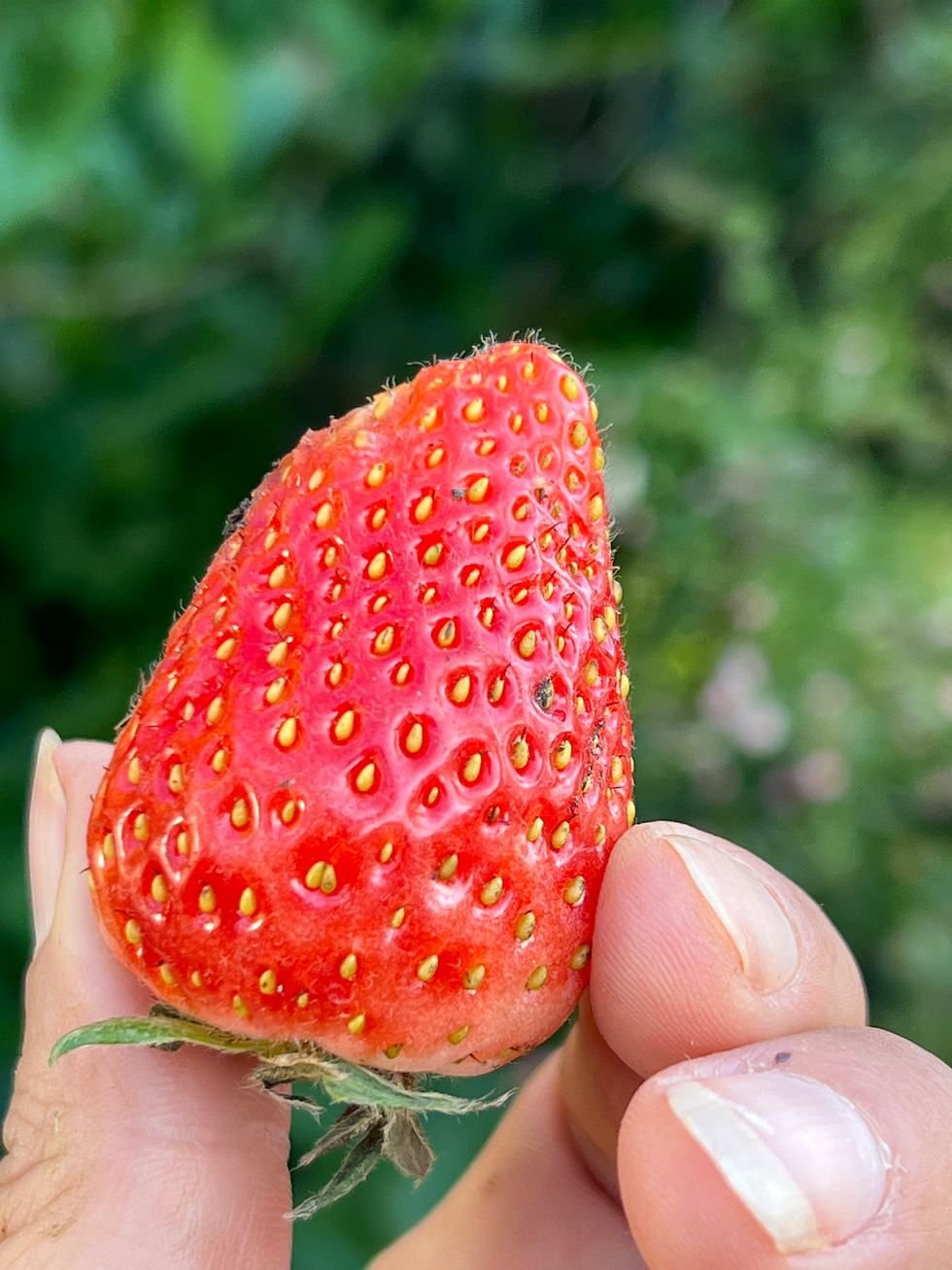Spring Strawberry Guide: Growing, Caring & Using Strawberries in the Permaculture Garden
- Andrea
- Sep 5
- 3 min read
Spring is here, and it’s strawberry season!

The soil is warming, the days are lengthening, and there’s no better time to plant
strawberries. They’re delicious, hardy, and one of the most versatile plants in a permaculture system.
Why Spring is the Sweet Spot for Planting
Planting in spring sets you up for:
Strong root growth before the heat of summer.
A quicker path to your first harvest.
Integration into garden systems when everything else is coming alive.
In short: plant now, eat berries sooner.
A Quick History Bite: Strawberries in the Garden
Did you know strawberries have been cultivated in Europe since the 1300s? They were prized for medicine before dessert, used for teeth whitening, digestive health, and skin tonics. Modern varieties are sweeter and larger, but the humble strawberry still carries that heritage of being both food and remedy. In permaculture, we see them the same way: multifunctional, generous, and adaptable.

Why We Love Strawberries in Spring
Most people think of strawberries purely for their fruit and yes, nothing beats a sun-warmed berry straight from the patch. But in permaculture, strawberries serve many more roles:
Weed Suppression – Their spreading runners form a living mulch that outcompetes weeds.
Companion Planting – They thrive when planted with asparagus, filling the gaps while asparagus shoots up in spring.
Pollinator-Friendly – Their flowers attract bees and beneficial insects.
Abundance – A few plants quickly multiply, giving you a steady supply of new runners each year.
This is why we treat strawberries as more than just a dessert plant, they’re part of the system.
Planting Strawberries: Step-by-Step

Pick the Right Spot – Full sun is best, though in hotter regions a little afternoon shade helps prevent scorch.
Soil Prep – Strawberries like rich, free-draining soil. Add compost, worm castings, and a sprinkle of wood ash for extra potassium.
Spacing – 30-40cm apart, crowns at soil level. Too deep = rot, too shallow = drying out.
Mulch – Straw is traditional (and practical), but sugarcane mulch, woodchips, or even living mulch with low herbs works.
Watering – Keep soil evenly moist, especially while plants are establishing.

Ongoing Care for Sweet Success
Feed Regularly – A balanced organic fertiliser or compost tea every 4–6 weeks keeps berries coming.
Prune Runners – Decide: do you want more berries or more plants? Cut runners for fruit, let them run for groundcover.
Pest Watch – Birds are the biggest issue. You can use netting or repurposed mesh. Snails and slugs can be deterred with crushed eggshells or a duck patrol if you have them.
Renew Plants – After 2-3 years, older plants slow down. Replace them with fresh runners for a continual cycle.
On our farm, strawberries have a mind of their own they spread, they wander, they volunteer in surprising places. This spring, we’re digging up and replanting clumps to use as natural weed barriers, especially in tricky garden edges. And while we’re at it, we’re setting aside some bare-root strawberry plants for anyone who’d like to grow their own.
Final Thoughts

Strawberries aren’t just a fruit they’re a system plant. They cover ground, attract bees, feed families, and keep multiplying. This spring, give them a spot in your garden and you’ll be rewarded with more than just dessert.
Here’s to a fruitful spring! 🌱🍓




Comments